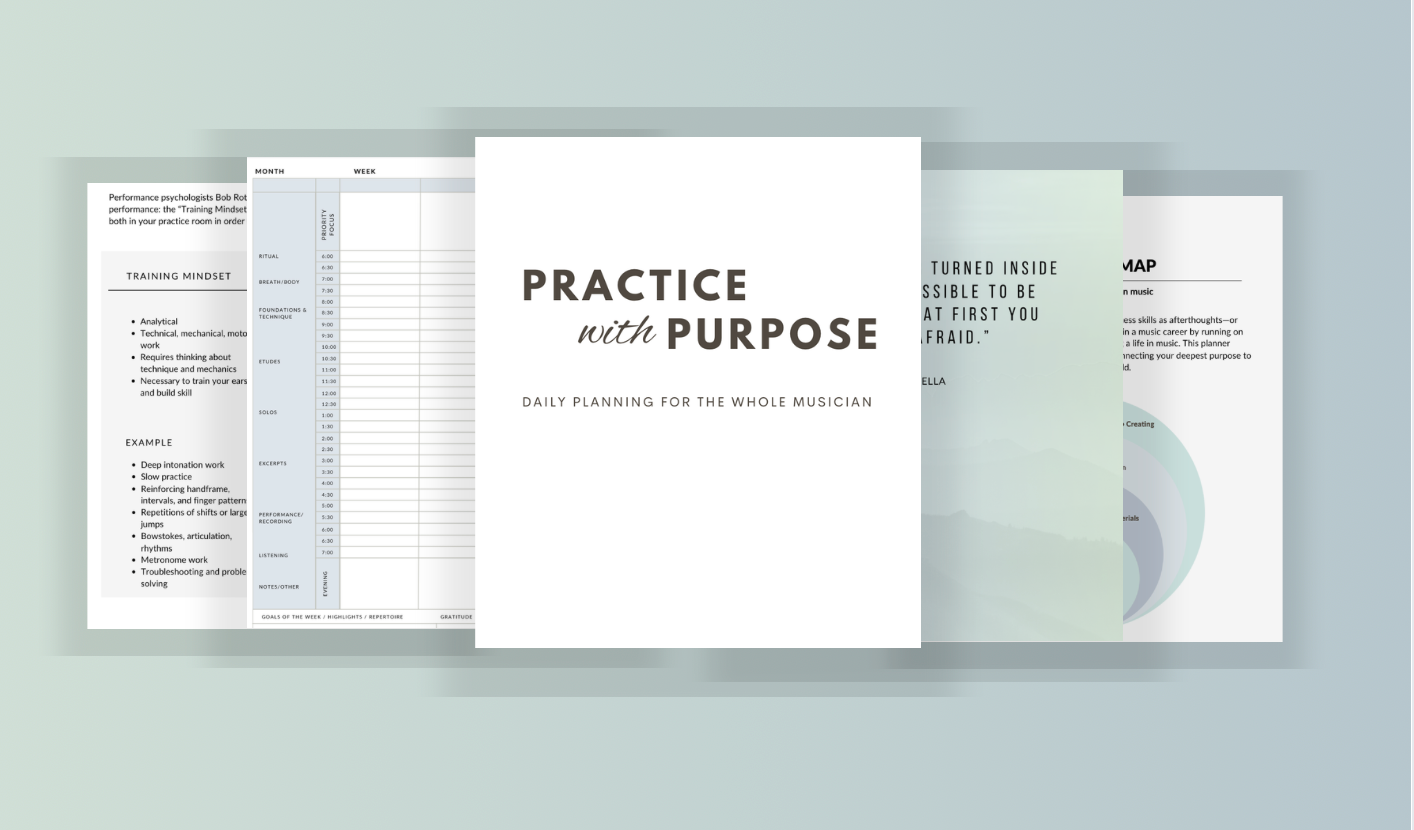3 Smart (and 3 not so smart) Practice Strategies

by Ixi Chen
As my son makes his way through this summers' camps (and can I hear a hooray for summer camps being back in full swing again?!) it's been fun to see him learn, try new things and grow. Besides soccer, basketball, animation, and overnight camps, he most recently went to a tennis camp and - - - caught the bug. (As I type this he's screaming along with the Duke and Duchess of Cambridge and all the other fans watching the men's final of Wimbledon)!
After one week, he made great progress on form, grip, and basic strokes.
His coach left him with a lot of excitement and some recommendations on how to keep practicing: get friends to play! get on the court whenever you can! practice your forehand, backhand, volley, and overhead strokes!
Which brings me to what happened next.
We went out to play. We practiced forehands, backhands, volleys, and overheads. BUT… as usually happens after the initial excitement of learning a new thing wears off, frustrations sets in.
"Mom! Why am I not able to hit the ball over the next most of the time? Why do some balls go into the net while others sail out of the court?"
The What vs. the How
I had the urge to coach him, but I let the mom in me encourage him to have fun, and give his newfound skills time to consolidate. It got me thinking: we often know WHAT we should practice, but when it comes to HOW we should practice, things get... trickier.
Research shows that there are specific learning/practice methods that boost retention, and result in practice "sticking" (being more effective). When the brain gets new information, memory at first, it isn't very reliable; it takes a few hours or days to consolidate. It takes a number of repetitions over time for a new skill (say a challenging passage) to "set". So you might know that WHAT is the challenging practice, and dig in by repeating it over and over, not knowing that the most effective HOW is to let it rest!
Another HOW we've learned from researchers is based on the fact that learning is affected positively by variability. Adding variables, like changing tempo, using different rhythms, or employing different dynamics.
What about this one? The sooner we address mistakes, the better! This means that you don't practice in fear of making mistakes, but that when you push yourself hard enough that mistakes happen, you can identify, anticipate, address and correct the mistake. It's not that better players make fewer mistakes, it's HOW these errors or mistakes are corrected that's key: HOW you identify the error, practice it and then stabilize it!
So what does this tell us? That some of what we believe as "good" practice strategies are, in fact, myths:
Three examples of not-so-smart strategies:
1. Thinking that you improve by practicing longer
2. That playing more repetitions the same way makes you better
3. That just playing a passage more times "correctly" makes you better
Three super smart strategies to use right now:
1. Slow things down to identify, correct and stabilize errors.
This means getting your rmind and body aligned to allow for accurate coordination of hands, bow, air, fingers, tongue, etc. Trying it once, and then again differently helps correct the technical problem!
2. Let time pass between practice sessions.
Returning to a new skill over time give your body a chance to integrate, or consolidate the learning.
Try interleaved practice - which alternates your practice of three passages A, B and C. So that you aren't practicing: AAAAAA, then BBBBBB, etc., but instead play ABC BCA CAB ACB BAC CBA and so on!
3. Finally, use variable practice.
Including variations in practice means introducing a changing an element. This could mean a different reed (for reed players), bow (for string players), bench height, slower, faster, mixed rhythms, articulations.. anything that requires you to make adjustments.
Experiment with these ideas! Let us know how these help you in the practice room.


